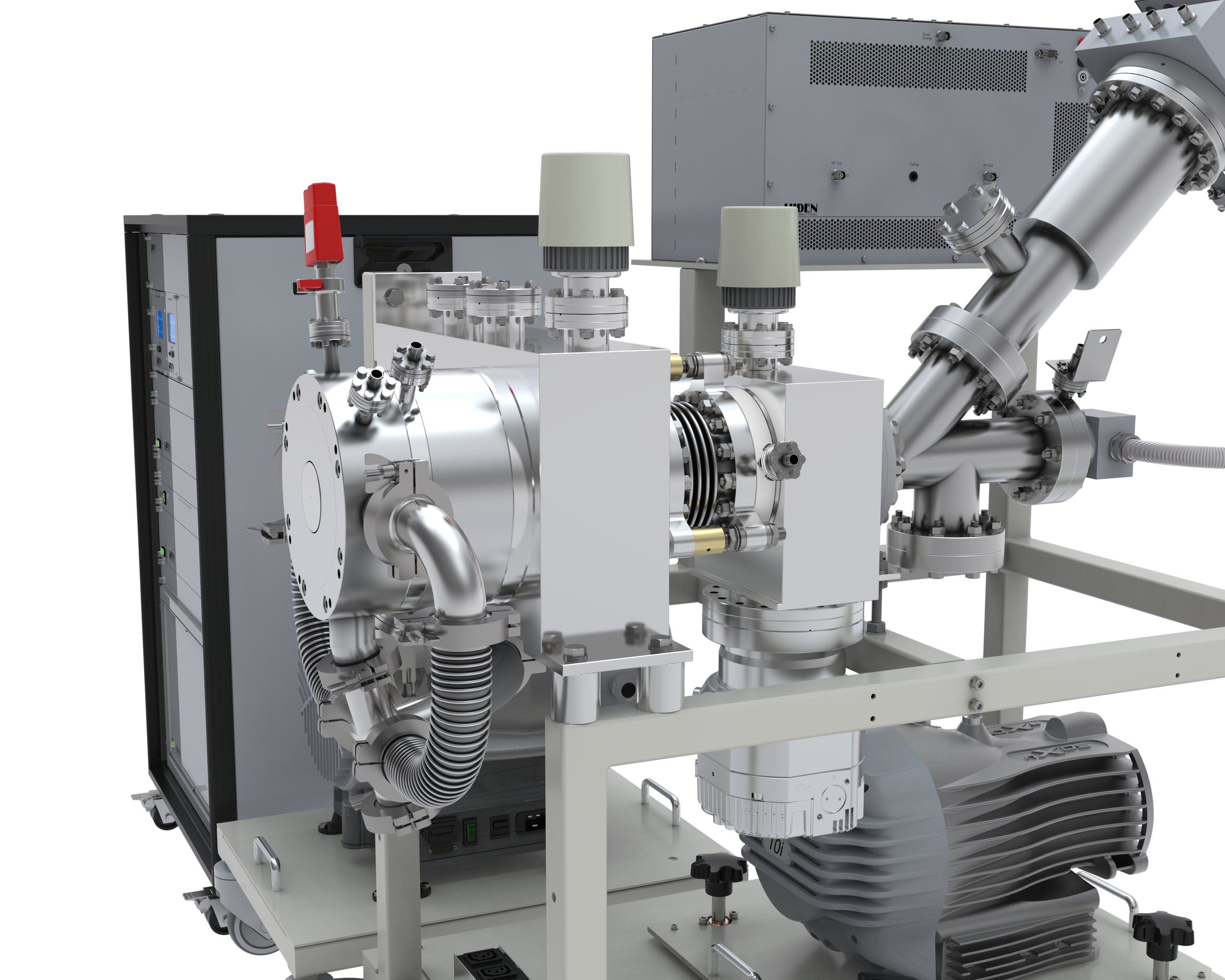Plasma is ubiquitous in nature. Plasma is an ionised gas made up of charged particles formed by heating a gas to high temperatures where atoms start colliding, and the electrons are knocked off. Most of the known matter in the universe is in the plasma state.
Scientific developments in the field of plasma science have enabled the use of plasma in a wide range of plasma engineering applications such as plasma etching and deposition of semiconductor chips, biomedical, plasma surface modification, material processing, compact x-ray lasers, power production from thermonuclear fusion, TV screens, catalysis, thermonuclear synthesis, space propulsion, hydrogen production, and treatment of industrial emissions.
Such an extensive range of plasma engineering applications offers tremendous possibilities for advanced high-end products. In this blog post, we look at the various products that Hiden Analytical offers for various plasma engineering applications.

Hiden’s plasma engineering products
Hiden Analytical is a world leader in manufacturing state-of-the-art cost-effective plasma engineering solutions. We offer innovative products for a wide variety of target plasma engineering applications.
- EQP Series: Accurate information on plasma reaction chemistry is critical for plasma engineering applications in thin film processing such as high-power impulse magnetron sputtering (HiPIMS), chemical vapour deposition (CVD) methods, and ion beam etching. EQP series offers high-performance combined mass/energy quadrupole mass spectrometers and high transmission ion energy analyser for a highly accurate ion-cluster analysis, process diagnosis, and characterisation of plasmas. EQP systems can measure both positive and negative ions. These advanced plasma diagnostic tools integrate multi-channel scalar data acquisition with an impressive resolution of 50 nanoseconds and are ideal for pulsed plasma studies. One sophisticated plasma engineering application of EQP systems is biomedicals, where they detect neutral species evolving from polymer surfaces during plasma surface functionalisation treatments.
- HPR-30: A residual gas analyser configured to analyse gases and vapors in vacuum processes and diagnostics. It features a triple filter quadrupole system that allows parts-per-billion (ppb) detection levels and high contamination resistance. These characteristics make them highly suitable for plasma engineering applications that analyse the purity of aggressive process gases like those in CVD, MOCVD, and reactive ion etching.
- HPR-60 MBMS: A molecular beam mass spectrometer for analysis of ions and radicals at atmospheric pressure. It is ideal for plasma engineering applications such as catalytic reactors and those studying transients and reaction kinetics. It finds applications in plasma medicine where accurate measurement of the effects of process parameters on plasma modification is critical for effective plasma characterisation. It can also integrate with EQP systems to analyse hydrated cluster species in plasma engineering applications involving atmospheric plasma processes. HPR-60 MBMS has also been successfully applied in plasma-assisted desorption ionisation for detecting explosive materials.
- PSM: A plasma sampling mass spectrometer for direct analysis of plasma ions and neutrals in plasma engineering applications requiring process diagnostics and plasma characterisation such as pulsed laser deposition, ECR plasma studies, and nanoparticle detection in pulsed plasma.
- ESPion: An advanced Langmuir probe for measuring static and spatially resolved electrical properties of plasma such as electron density and temperature, ion flux and density, and floating and plasma potential. It is developed for plasma engineering applications that involve RF, DC, ECR, and pulsed plasma.
- IMP-EPD: An endpoint detector and ion mass spectrometer for analysing secondary ions and neutrals during ion beam etching. It is an ideal system for high-specification thin film devices that are used in various plasma engineering applications such as high-temperature superconductors, Type III-V semiconductors, and magnetic thin films.
Contact us today if you want to find a suitable Hiden Analytical solution for your plasma engineering applications.
References:
- Introduction to Plasma Physics, Robert J. Goldston and Paul H. Rutherford, IOP Publishing Ltd.
- Plasma Physics and Engineering, Alexander Fridman and Lawrence A. Kennedy, Second Edition, CRC Press

